

AgTech
For Biodiversity Conservation
What role can AgTech play in protecting Biodiversity?
May2024
AboutTheAuthors
Lead Authors
Sarah Garland | Triple Helix
Kevin Webb | Superorganism
Tom Quigley | Superorganism
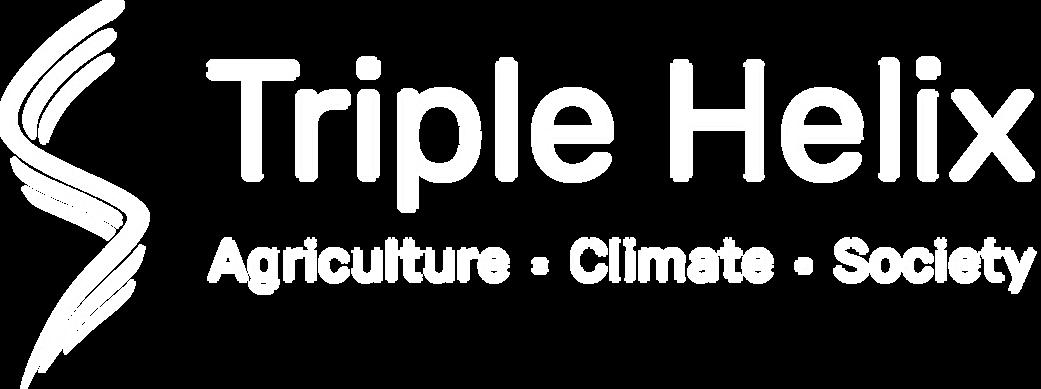
Triple Helix Institute for Agriculture, Climate, and Society is a 501(c)(3) nonprofit dedicated to building awareness of the role AgTech can play in climate action and finding solutions for how AgTech can be implemented to benefit society. Emphasizing unity behind common goals and commitment to shared values, Triple Helix presents a nuanced and evidence-based perspective on emerging AgTech innovations.

Superorganism backs founders with wild ambition. As the first venture capital firm dedicated to biodiversity, they support nature tech startups at their earliest stage as they build a more abundant world for humans and nature alike. With roots in both conservation and venture capital, they connect economy and ecology by investing in startups that are literally changing the world.
Copyright©2024TripleHelixInstituteforAgriculture,Climate,andSociety.AllRightsReserved.
Whydoesbiodiversityconservationmatter?

Biodiversity refers to the variety of all life on Earth – from microscopic bacteria in the soil, to moss growing on a rock, to a majestic elephant roaming the savannah. In addition to benefiting from the wonder of nature, we humans depend on biodiversity to sustain us and maintain a livable planet with a habitable climate.
Economically, our markets and industries rely on the continued abundance and stability that healthy ecosystems provide A recent analysis suggested that $44 trillion of global economic value generation is profoundly dependent on nature [1] Many of us also interact with nature directly in our daily lives as a primary source of food, water, and energy.
At the same time, biodiverse ecosystems provide essential services for environmental balance and resilience. For example, coral reefs protect coastlines from storms and flooding, and rainforests sink carbon and drive patterns of rainfall Without this biodiversity, planet Earth would be unrecognizable to us It’s hard to put a price tag on the extensive value provided by these “ecosystem services ”
Despite its clear cultural importance, economic value, and role in environmental balance, biodiversity is being lost at an alarming rate due to human actions. Key drivers of biodiversity loss include land and sea use change, overexploitation of resources, pollution, invasive species, and climate change By 2000, just 13% of wetlands measured in 1700 still existed In the five years between 2010 and 2015, 32 million hectares in the tropics were deforested 25% of monitored species today are currently at risk of extinction and the current rate of species extinctions is orders of magnitude higher than it has been over the past 10 million years [2]. These trends are expected to accelerate unless significant action is taken.
The window of opportunity to reverse this trajectory exists, but it is rapidly closing We must make meaningful decisions guided by evidence to secure and maintain a sustainable future for generations to come
Whatistherelationshipbetweenagricultureand biodiversityloss?
Since the beginning of agriculture over 10,000 years ago, human agricultural activities have shaped the natural environment around them. Over time, the trajectory of agricultural production has been responsible for significant biodiversity loss in many ways. Three main drivers of biodiversity loss due to agriculture are land use change, pollution, and overexploitation of natural resources. Agricultural activities have also negatively affected biodiversity via the introduction of invasive species that threaten native wildlife and via greenhouse gas emissions that contribute to climate change.

LandUseChange
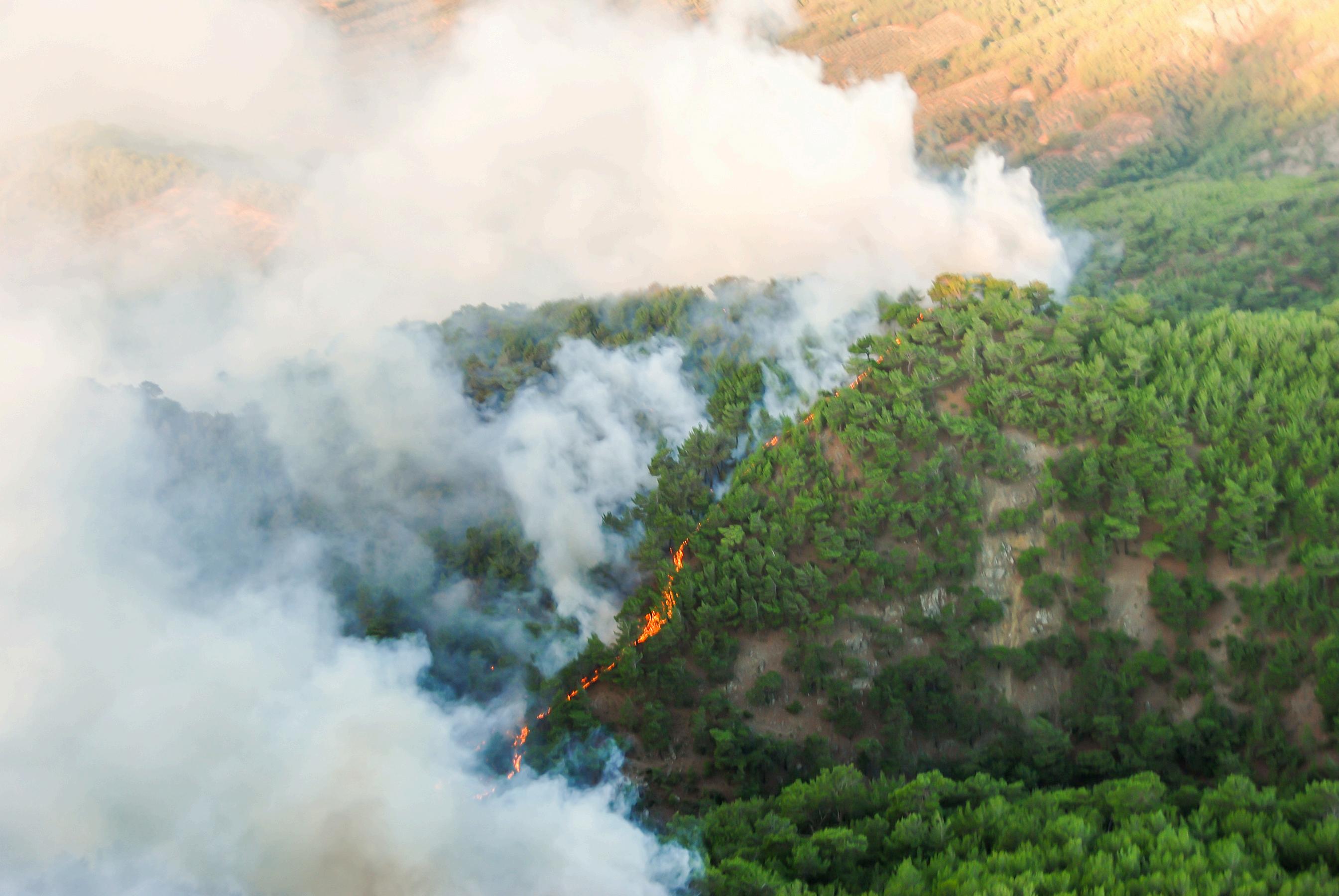
Today, around 40% of Earth’s ice- and desert-free land is used for agriculture [3]. Of that, approximately 80% is dedicated to livestock grazing and growing livestock feed [3,4]. To get to this point, forests were cut down, prairies degraded, and peatlands drained.
Destruction of natural ecosystems for agricultural purposes continues Agricultural area in the tropics increased by 100 million hectares between 1980 and 2000 [2] – an area more than twice the size of California. Expanding animal pastures and fields for growing animal feed is the cause of 67% of total global deforestation due to agriculture [3]. In Southeast Asia, 80% of agricultural land expansion is for oil palm plantations [2]. Limiting and reversing this land conversion is our greatest chance to preserve and restore native habitat.
Pollution

While chemical inputs like fertilizers and pesticides have significantly contributed to agricultural productivity, their current usage also has negative trade-offs for biodiversity.
Excess fertilizer nutrients from agricultural fields, namely nitrogen and phosphorus, enter water systems resulting in “eutrophication” – when too many nutrients in the water create toxic conditions for aquatic wildlife. Agriculture is responsible for around 75% of eutrophication around the world [3]
A prominent example of eutrophication is the Gulf of Mexico “dead zone,” partially caused by agricultural nutrient flows entering the Gulf from the Mississippi River. The size of this dead zone fluctuates, but the recent average size has been 5400 square miles [5] – about the size of Connecticut.
Decreasing the usage and changing the type of input in high-production areas can reduce agriculture-based pollution
OverexploitationofNaturalResources
Agricultural practices that overexploit natural resources like soil and water alter ecosystem dynamics and threaten biodiversity.
Around a third of the world’s soil is degraded [6], largely due to unsustainable agricultural practices Soil that is displaced from agricultural fields can end up as sediment, further polluting waterways [7]
Agriculture is responsible for 70% of global freshwater use, both from surface water and groundwater [6]. In many regions, current practices involved with this water withdrawal exceed sustainable levels and threaten the continued existence of water resources

For example, in a region prone to drought, the Colorado River has provided water for millions of people flowing down to its delta in Mexico. Irresponsible use of this resource has now led to the massive river sometimes not even reaching the sea. Irrigated agriculture uses over half of all the water from the Colorado River Basin [8].
Shifting away from extractive practices to a more responsible usage of natural resources would lessen agriculture’s damage to ecosystems
WhatrolecanAgTechplayinprotecting biodiversity?
Agriculture Technology (AgTech) can play a direct role in tackling the main causes of biodiversity loss from agriculture. AgTech can reduce the amount of land required for agricultural production, diminish the use of harmful pollutants, and guide management of precious natural resources.
Agriculture Technology (AgTech for short) refers to technological innovations applied to the production of goods traditionally reliant upon land-based agriculture. AgTech tools are diverse: they include biotechnologies like genetic engineering, digital tools like artificial intelligence, and mechanical advances like sensors and robotics
These technologies can improve current methods of land-based production, such as creating drought-tolerant crops, or they can be used to shift the way a product is made to no longer require land in the ways it has traditionally
AgTechCanReduceLandUse

Increasing crop yield per unit of land can allow us to grow more without further expanding the area required for agricultural fields [9,10]. Many efforts are ongoing to engineer plants to achieve increased yield. One emerging strategy involves designing more efficient photosynthetic pathways in order to convert more energy from the sun into useful biomass [11].
Shifting production of proteins, fats, and oils to methods that require less land can evolve supply chains away from conversion of natural ecosystems and foster further reductions in land use demand for agriculture [12]. Significant questions remain regarding the ability of these products to scale and how to sustainably produce feedstocks for these methods [13]. If scaled, these tools could relieve land pressure while supporting human needs.
Precision fermentation techniques harness the power of microorganisms like bacteria and yeast to produce ingredients while aiming to alleviate conversion of natural ecosystems - for example, creating valuable oils without ever having to grow a palm tree.
Cultivated meat technologies culture real animal cells to create meat products without raising animals and have the potential to relieve land use conversion due to pasturing animals and growing animal feed
AgTechCanReducePollution
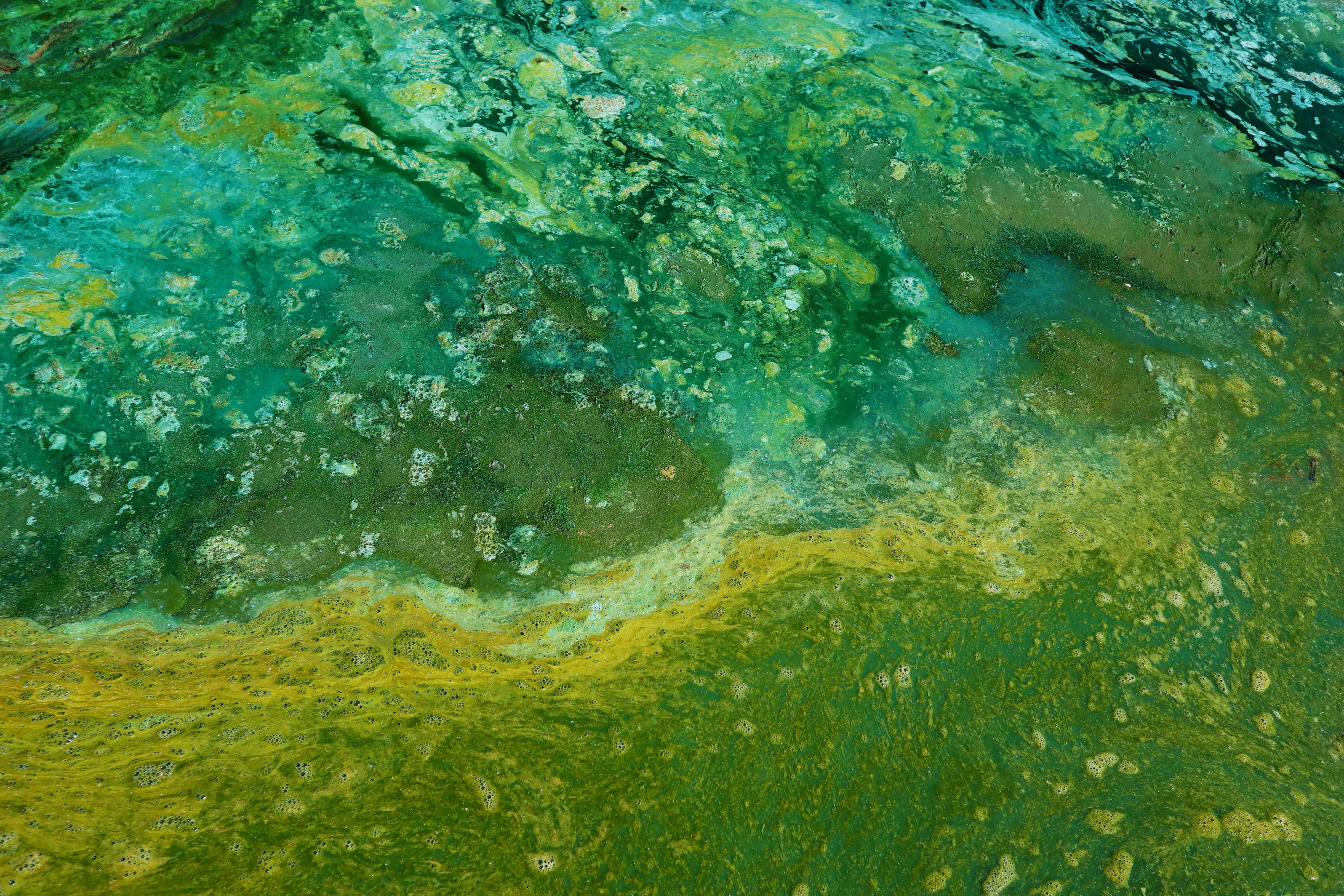
Changing the type of fertilizer input can reduce the amount of nitrogen and phosphorus entering natural ecosystems without sacrificing crop productivity Some tactics to achieve this change are based on plantmicrobe interactions that happen beneath the ground Various initiatives are underway to employ engineered soil microbes to deliver the components of fertilizer to plants without the use of synthetic chemicals [14].
Inputs like fertilizers and pesticides are applied in order to help crop plants thrive. From enhancing capacity to uptake and store nitrogen to generating inherent resistance to pests and diseases, genetically engineering crop plants can reduce the need for external inputs [9,15,16]
More targeted use of inputs, whether synthetic chemicals or emerging innovations, can minimize negative impacts on biodiversity. Digital tools like computer vision, machine learning, and artificial intelligence assessments can guide highly precise automated application of inputs, reducing waste and pollution [7].
Accurate monitoring and forecasting of conditions like weather patterns, crop cycles, soil composition, plant disease, and water availability can inform decision-making that more efficiently uses natural resources. Collecting and analyzing data with tools like remote sensing and artificial intelligence [7] can indicate when to plant seeds or what parts of a field need irrigation, enabling more productivity while using fewer natural resources

Developing crops that need less irrigation can help conserve water. Strategies to generate these crops are diverse and include engineering genes that regulate a plant’s ability to retain more water in dry conditions and modifying root structure to grow deeper in the soil [9,15,16].
Efficacy of AgTech solutions will vary by crop type and geographic region. Therefore, decision-making on how to employ these tools needs to be context-specific. The examples presented here are not exhaustive, and entire scientific fields will continue to emerge as innovation advances.
Maximum impact of AgTech for biodiversity conservation will result from integrating interventions – what if we could use remote sensing to monitor the water levels delivered to a genetically engineered high yielding crop receiving nutrients from an enhanced soil microbe? Importantly, AgTech tools can complement and amplify the benefits of sustainable land management practices, combining diverse types of knowledge to achieve common goals.
AgTECH FOR BIODIVERSITY CONSERVATION
Agricultural production systems are responsible for significant biodiversity loss. Three main drivers of biodiversity loss due to agriculture are land use change, pollution, and overexploitation of natural resources. AgTech can play a direct role in tackling these challenges.


LAND USE CONVERSION
LAND USE CONVERSION
40% of Ear th’s ice-and deser t-free land is used for agriculture. Of that, approximately 8
40% of Ear th’s ice-and deser t-free land is used for agriculture. Of that, approximately 80% is dedicated to li
tropics increased by 100 million hectares between 1980 and 2000
tropics increased by 100 million hectares between 1980 and 2000
AgTech Solutions
AgTech Solutions
Genetic engineering of crops can achieve increased yield per unit of land, allowing us to grow more without further expanding the area required for agricultural fields.
Genetic engineering of crops can achieve increased yield per unit of land, allowing us to grow more without further expanding the area required for agricultural fields.
Shifting production of proteins, fats, and oils to methods that require less land like precision fermentation and cultivated meat can evolve supply chains away from conversion of natural ecosystems.
Shifting production of proteins, fats, and oils to methods that require less land like precision fermentation and cultivated meat can evolve supply chains away from conversion of natural ecosystems.
In Southeast Asia, 80% of agricultural land expansion is for oil palm plantations
In Southeast Asia, 80% of agricultural land expansion is used for oil palm plantations
POLLUTION
POLLUTION
Agriculture is responsible for around 75% of eutrophication around the world. Excess fertilizer nutrients nitrogen and phosphorus from agricultural fields enter water systems resulting in this “eutrophication” –when too many nutrients in the water create toxic conditions for aquatic wildlife.
Agriculture is responsible for around 75% of eutrophication around the world. Excess fertilizer nutrients nitrogen and phosphorus from agricultural fields enter water systems resulting in this “eutrophication” –when too many nutrients in the water create toxic conditions for aquatic wildlife.
AgTech Solutions
AgTech Solutions
Changing the type of fertilizer input, like with engineered soil microbes, can reduce the amount of nitrogen and phosphorus entering natural ecosystems
Changing the type of fertilizer input, like with engineered soil microbes, can reduce the amount of nitrogen and phosphorus entering natural ecosystems
Engineering crop plants to require less fertilizer and pesticide can decrease pollution.
Engineering crop plants to require less fertilizer and pesticide can decrease pollution.
Computer vision, machine learning, and artificial intelligence assessments can guide highly precise automated application of inputs that reduce waste and pollution.
Computer vision, machine learning, and artificial intelligence assessments can guide highly precise automated application of inputs that reduce waste and pollution.
NATURAL RESOURCES
NATURAL RESOURCES
When agricultural practices overexploit natural resources like soil and water, it alters ecosystem dynamics and threatens biodiversity Around 1/3 of the world’s soil is degraded
When agricultural practices overexploit natural resources like soil and water, it alters ecosystem dynamics and threatens biodiversity Around 1/3 of the world’s soil is degraded
Agriculture is responsible for 70% of global freshwater use.
Agriculture is responsible for 70% of global freshwater use.
AgTech Solutions
AgTech Solutions
Collecting and analyzing data with tools like remote sensing and ar tificial intelligence can allow more productivity while using fewer natural resources.
Collecting and analyzing data with tools like remote sensing and ar tificial intelligence can allow more productivity while using fewer natural resources.
Genetically engineered crops that need less irrigation can help conserve water
Genetically engineered crops that need less irrigation can help conserve water
This is a crucial moment for conser ving biodiversity and we must act with urgency AgTech tools present exciting opportunities for biodiversity conservation and need to be prioritized for investment oppor tunities, policy attention, and public suppor t.
This is a crucial moment for conser ving biodiversity and we must act with urgency AgTech tools present exciting opportunities for biodiversity conservation and need to be prioritized for investment oppor tunities, policy attention, and public suppor t.
Whatleversneedtoalignforimplementationof AgTechthatbuildsbackbiodiversity?
Implementing AgTech for biodiversity conservation depends on many factors, not only technical capacity. What additional mechanisms need to be activated to catalyze implementation of AgTech for biodiversity conservation?

PublicAcceptanceofAgTech
for biodiversity conservation is paramount for these solutions to realize their intended impact. Many areas of AgTech have already faced harsh public pushback, in large part because of a perceived disconnect between advancing AgTech and cultural values. Increasing awareness of the role modern AgTech tools can play in biodiversity conservation and encouraging transparency from stakeholders involved in AgTech development can build societal support for the responsible use of AgTech to help achieve biodiversity goals.

EffectivePolicyandRegulation
are essential to ensuring successful implementation of AgTech for biodiversity conservation. For example, efforts to decrease land conversion using AgTech applications that increase yield or input efficiency must be carefully monitored in order to avoid “rebound effects,” in which the enhanced productivity actually leads to agricultural expansion [10]. Establishing enforceable policies that limit the possibility of rebound effects and incentivize good practices are necessary to ensure that the benefits of AgTech innovation are not diminished by rebound behavior. Data driven tools that monitor activities like deforestation can help facilitate enforcement of these policies. Therefore, technological innovation and policy innovation go hand in hand.
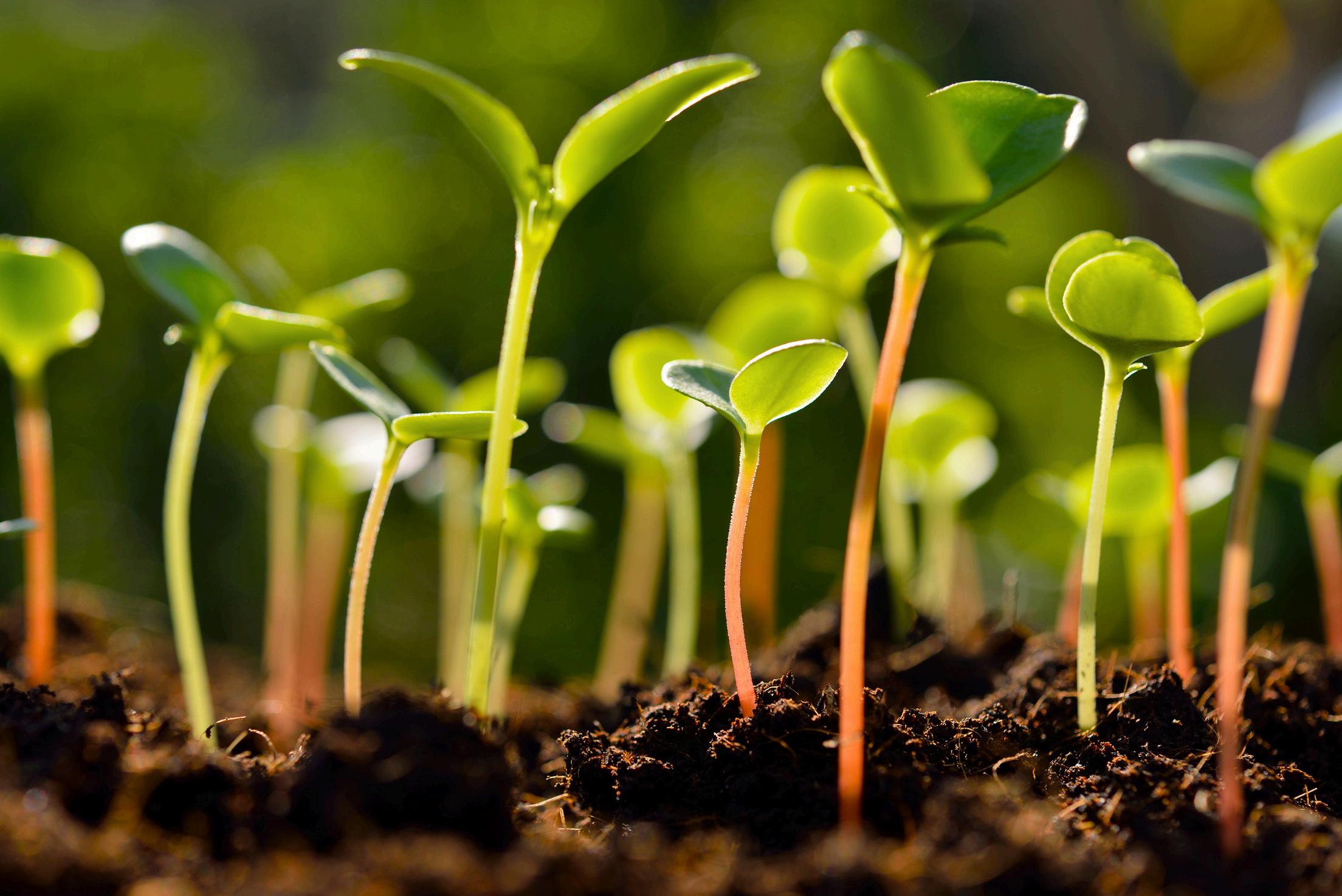
SustainableFinancing
Globally, we are significantly under-investing in biodiversity conservation to the tune of $700 billion per year [17] This is what is known as the “biodiversity financing gap” – the amount we need to mobilize toward biodiversity-positive interventions in order to maintain and restore nature As agriculture has such a pivotal relationship with biodiversity, addressing this funding gap must involve financing biodiversity-positive AgTech solutions. Public, private, and philanthropic capital all have a role to play in providing stable financing for AgTech development that encompasses long- and short-term time scales, values different priorities for returns, and ensures equitable access to technology.
Conclusion
Conserving biodiversity is essential for sustaining humanity, but we are currently on a destructive trajectory that leaves us vulnerable.
Agriculture’s pattern of land use conversion, pollution, and overexploitation of natural resources contributes to this destruction AgTech can play a meaningful role in reversing this trend by facilitating production systems that curb the negative effects of agriculture on biodiversity and restore nature rather than extract from it. Advancing these technological solutions must coincide with productive public discourse, innovative policy, and stable financing.
This is a crucial moment for conserving biodiversity, and we must act with urgency A recent swell of new corporate interest in managing the impact of supply chains on nature demonstrates the growing momentum in this space and creates a market for projects that achieve biodiversity-positive goals. AgTech tools present exciting opportunities for biodiversity conservation and need to be prioritized for investment opportunities, policy attention, and public support.

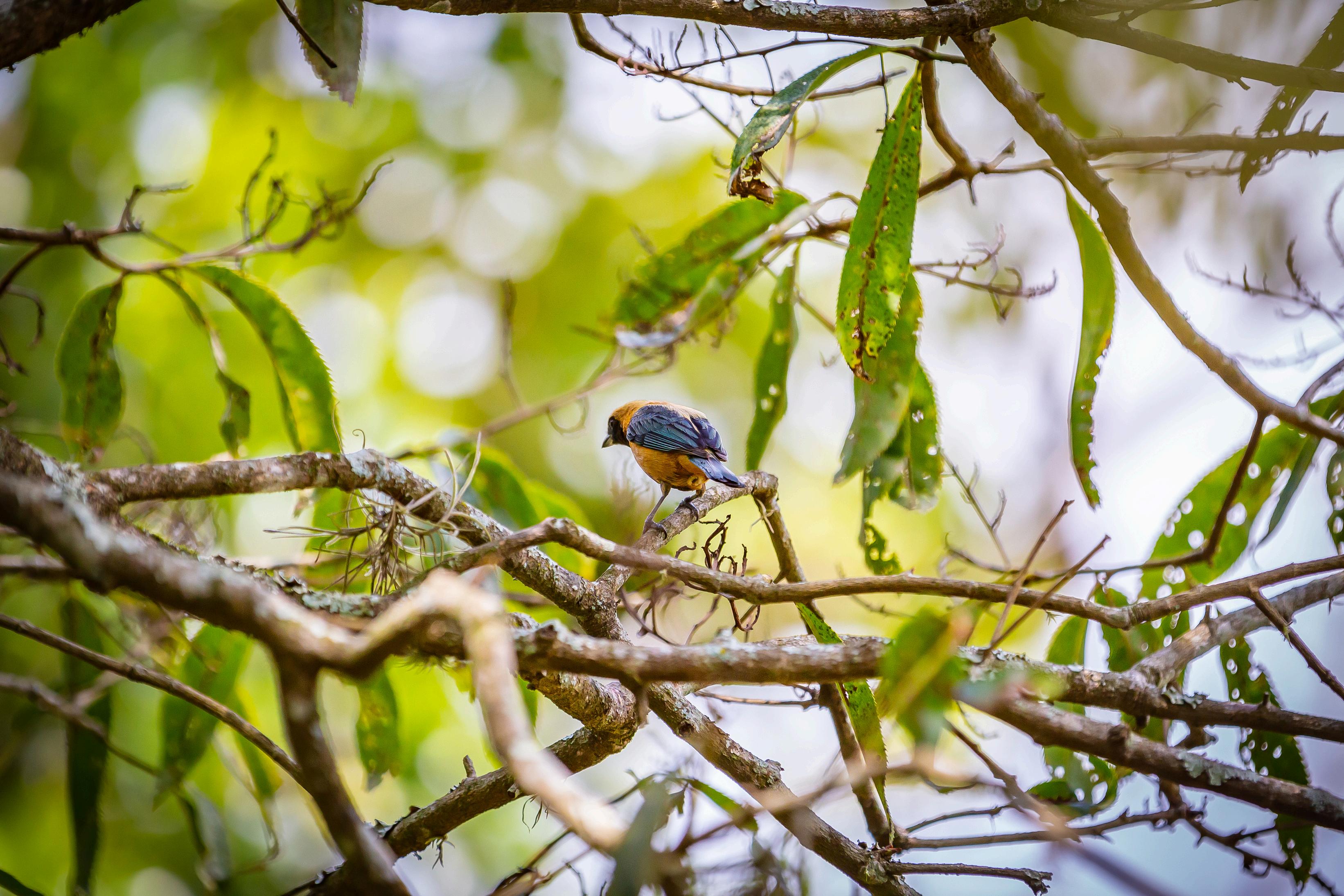
( ) g p // g / / g g
6. FAO (2022) The State of the World’s Land and Water Resources for Food and Agriculture 2021 – Systems at breaking point https://doi org/10 4060/cb9910en
7 National Academies of Sciences, Engineering and Mathematics (2019) Science Breakthroughs to Advance Food and Agricultural Research by 2030 https://doi org/10 17226/25059
8. Richter, B D et al (2024) New water accounting reveals why the Colorado River no longer reaches the sea Commun Earth Environ https://doi org/10 1038/s43247-024-01291-0
9. Bailey-Serres, J et al (2019) Genetic strategies for improving crop yields Nature https://doi org/10 1038/s41586-019-1679-0
10. Phalan, B et al (2016) How can higher-yield farming help to spare nature? Science https://doi org/10 1126/science aad0055
11 Ort, D R et al (2015) Redesigning photosynthesis to sustainably meet global food and bioenergy demand Proc Natl Acad Sci https://doi org/10 1073/pnas 1424031112
12. Sinke, P et al (2023) Ex-ante life cycle assessment of commercial-scale cultivated meat production in 2030 Int J Life Cycle Assess https://doi org/10 1007/s11367-022-02128-8
13. Santo, R E et al (2020) Considering Plant-Based Meat Substitutes and Cell-Based Meats: A Public Health and Food Systems Perspective Front Sustain Food Syst https://doi org/ 10 3389/fsufs 2020 00134
14 Chakraborty, S et al (2023) Scripting a new dialogue between diazotrophs and crops Trends Microbiol https://doi org/10 1016/j tim 2023 08 007
15. Jez, J M et al (2016) The next green movement: Plant biology for the environment and sustainability Science https://doi org/10 1126/science aag1698
16 Eckardt, N A et al (2023) Climate change challenges, plant science solutions Plant Cell https://doi org/10 1093/plcell/koac303
17. Deutz, A et al (2020) Financing Nature: Closing the global biodiversity financing gap https://www.paulsoninstitute.org/conservation/financing-nature-report/
Acknowledgements
The authors would like to thank individuals who reviewed and provided comments on this report including: Ranveer Chandra (Microsoft), Matthew Hayek (New York University), Rob Paarlberg (Harvard Kennedy School), Cynthia Rosenzweig (NASA GISS), Dan Voytas (University of Minnesota).

